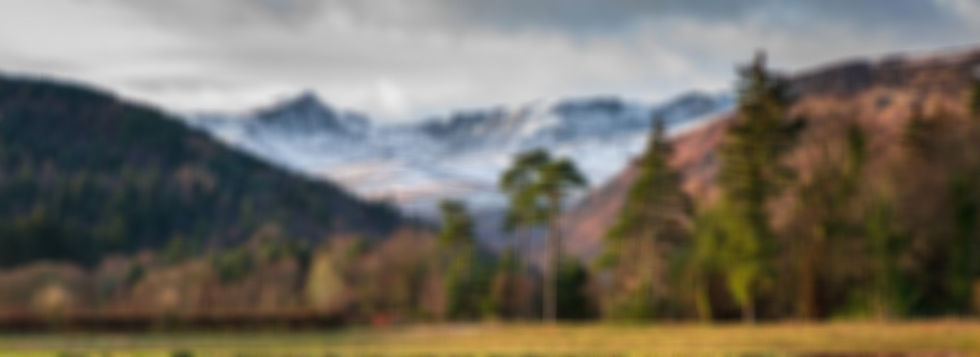
Arran
Arran is a place where you can find a little bit of everything you’d ever want from a Scottish Island: mountains, lowlands, rocky bays, beaches, iconic wildlife, castles, stone circles, distilleries, golf courses and a range of activities to fill as much time as you have.
The compact diversity of the island lends itself to being enjoyed in many ways. Walking features in many visitors’ itineraries one way or another: there is something for everyone with a wide range of terrain from the casual stroll to the challenging mountain adventure. But there are so many other options: cycling, golf, kayaking, the geopark and related geology, bird and wildlife watching on land and sea, archaeology, a museum to visit, castles and gardens plus two distilleries. Just be sure to budget enough time to cover all of the options you would like to!
Arran's Stunning Wildlife
Golden eagles, red-deer, harbour seals and red squirrels - all can be seen on Arran as well as porpoise, dolphins, whales, basking sharks and hen harriers. We've chosen a few of our favourites and included tips on where you can spot them.

Golden Eagle
Majestic, iconic, and of all the ‘big five’ on the island probably the most challenging to witness. To be clear-the Golden Eagle is a mountain bird and is only very rarely seen in anything other than a mountain setting-think 1000’ and above and commonly a long way above as it soars on massive wings in easy wide circles. Not to be confused with the buzzard-commonly seen at the roadside all over the island.
Where to see: park at the top of the ‘String Road’ and patiently train your binoculars northward scanning above the mountains.
Nature
Noun: “The physical world including landscape, plants, animals and other features and products of the earth.”
Scotland has many islands, each with a distinctive character which, as one of us is only too ready to point out, relates to the wide variation in geology observable between Scotland’s islands. What makes Arran distinct is the way it represents some of the key features that define the landscape seen on the Scottish mainland. Hence the moniker ‘Scotland in Miniature’: Highlands in the north, granite mountains and ancient schists, with lowlands to the south dominated by sandstones of the sort seen in Scotland’s Central Belt.
And across this defining backdrop what can be clearly seen are quite distinctly different landscapes: craggy mountains, deeply incised valleys and sparse vegetation other than heather/bracken covered moorland north of the ‘Highland Boundary Fault’ which runs from Brodick in the East to Machrie in the West. To the south lies a landscape more rolling in character where farmland and natural broad-leaved woodland are better represented.
Of course, the whole island, like elsewhere in Scotland, is heavily planted with the ubiquitous Sitka Spruce but beyond this and especially in valleys and watercourses are remnants of older stands of trees including Hazel, Alder, Oak, Willow, Birch, Rowan, Hawthorn, Blackthorn and Ash. In recent years as the Sitka stands have been harvested there has been a concerted effort to replant with indigenous broad leaves with benefits in terms of both sustained carbon capture and the fostering of biodiversity.
As flora is strongly influenced by physical factors, so the location and distribution of fauna is influenced by available plant cover. We have described some of the iconic wildlife that can be seen elsewhere but given the islands diversity and the proximity of sea in all directions there is a fantastic range of birds, animals and sea life to be witnessed here on Arran.
Getting Here (and around Arran)
How To Get To Arran
The closest airport to Arran is in Glasgow from which you can either taxi to Ardrossan or Troon Harbour directly (c.45 minutes) or taxi/ bus to Paisley Gilmour Street Train Station and catch the train to Ardrossan or Troon (total journey time c.1 hour).
Coming overland the ports serving Arran can be approached by either car or train. We currently have three ports that serve the island: Ardrossan and Troon on the Ayrshire coast which sail to Brodick as well as Claonaig in Argyll which connects with Loch Ranza in the north of the island. The ferry company Caledonian MacBrayne (‘Calmac’) are in the process of transitioning to a new port in Troon however a precise date has not yet been announced.
There is a regular and direct train service from Glasgow Central to Ardrossan Harbour/Troon which links with both of the main CalMac ferries. There is no public transport system on the mainland that links with Claonaig.
Calmac has a free app which we encourage all visitors to download and use for booking, latest updates etc.
Getting Around Arran
Arran has 3 roads, the main one-the so-called coastal road, goes right round the island and is approximately 57 miles/90 km. We have 2 other roads which cross over the island known as ‘The String’ and ‘The Ross’. The ‘String’ is the principal road connecting east to west and runs between Brodick and the village of Blackwaterfoot. The ‘Ross’ is a smaller road, single track with passing places and runs from Lamlash eastwards to Sliddery; a nice quiet road for spotting wildlife.
If you have come to Arran by foot you might want to hire a car from Arran Car Hire, however we strongly advise visitors to book a car in advance of your visit.
Alternatively, bikes can be hired in Brodick at Arran Bike Hire-both hybrid bikes and E-bikes are available (NB Arran is very hilly and we are based in Whiting Bay 8 miles and a few hills south of Brodick)
Arran has a regular bus service that covers the island. We have 3 different routes which provides access to the south end, the north end and through the middle via the ‘String’ road. The bus depot is located at the ferry terminal in Brodick.




